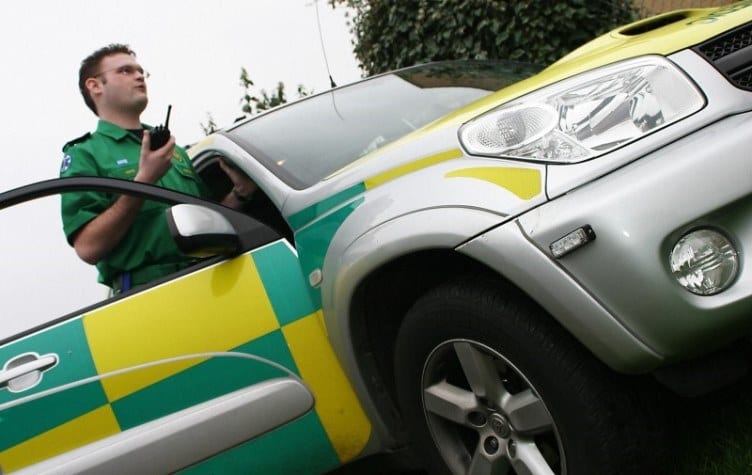CaHRU presents at first ‘Improving inclusion in health and care research event’

Prof Niro Siriwardena joined several other speakers and around 80 delegates presenting to an online audience at the first event of the ‘Improving inclusion in health and care research ‘ series, tco-created by the Health Foundation, The King’s Fund, The Continue reading CaHRU presents at first ‘Improving inclusion in health and care research event’



